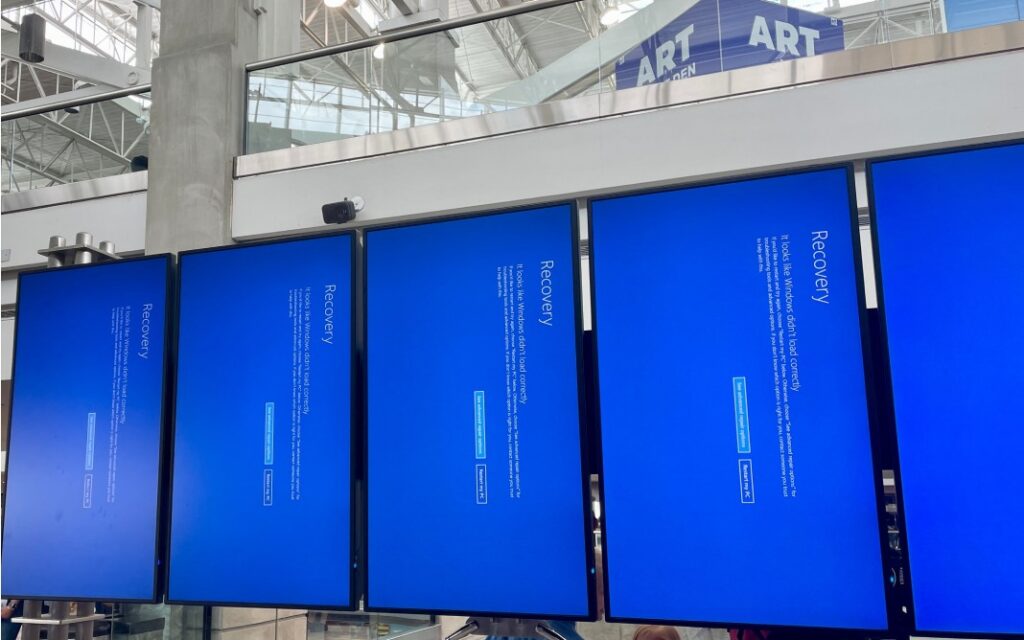The rate of change and disruption in today’s business environment is almost unprecedented. Economic, political and social changes are happening faster than ever before. Companies are struggling to keep up with the ever-changing economic landscape and consumers are becoming more and more cautious with their spending. According to data from the Federal Reserve, as of late September, the stock market has cost companies and families around $9 trillion in the U.S. in 2022 alone. In addition to this tumultuous climate, the traditional models of businesses are being disrupted at an alarming rate. With the business world ever-changing, it can be tough to stay ahead of the curve. Companies cannot avoid change and disruption, so how can they learn to not only survive but also thrive in these circumstances?
Albert Einstein once famously said, “The world as we have created it is a process of our thinking. It cannot be changed without changing our thinking.” Instead of being afraid of change, what if we embraced it and looked at it as an opportunity? Change and disruption can be good for business, as they can lead to innovation and new ways of doing things. Change is difficult, but it can also bring new opportunities for growth and success. Embracing it and being willing to experiment is essential for any organization that wants to stay ahead of the competition. The key here is to create a culture of resilience, one that enables the organization to anticipate, prepare for, adapt to any disruption and emerge stronger.
At its core, organizational resilience is the ability of a business to withstand shocks and continue operating successfully despite adverse conditions. A culture of resilience helps businesses overcome challenges by instilling a sense of purpose and determination among employees and promoting a collective understanding of the organization’s goals. Such a culture also fosters a sense of cooperation and cohesion among employees, which can help them support each other during times of adversity. Resilience is essential for companies to survive and thrive in today’s ever-changing marketplace and withstand any storm.
How can organizations foster a culture of resilience?
At Korn Ferry, we define culture as “how work gets done around here.” Simply put, it is the outcome of a collective set of behaviors. The key to creating a resilient culture is to understand that culture change is behavior change at scale. Culturally adept leaders know how to influence those behaviors by promoting three key elements in how they do business.
1. Become self-disruptive.
Leaders need to continually evaluate their business and embrace (rather than simply react to) external disruptions they face. To “beat” disruption, they need to disrupt themselves – their thoughts, their values, their actions, and how they do business. Analyzing the profiles of more than 150,000 professionals showed that self-disruptive leaders know how to A.D.A.P.T.—that is:
• Anticipate – demonstrate contextual intelligence to make quick judgments and create opportunities
• Drive- energize people by fostering a sense of purpose
• Accelerate – manage the flow of knowledge to produce constant innovation
• Partner- connect and form partnerships across functional and organizational boundaries
• Trust – bring people together with tremendous diversity and secure their commitment
Self-disruptive leaders are constantly looking for ways to improve and push themselves and their teams to new levels of performance in a thoughtful manner. They model the behavior that it’s okay to not know everything and that it’s important to keep learning and growing. Over time, this approach helps instill a culture of resilience.
2. Develop an inclusive mindset.
It is no longer enough to have an “open mindset” culture. Creating a culture of resilience requires companies to unlock the collective intelligence of their people by creating psychological safety at scale at every level. Employees need to believe that it is safe to take risks and express opinions and ideas within a team or organization. When psychological safety is present, people are more likely to speak up, share new ideas, and take risks. This in turn leads to better decision-making, higher-quality work and increased innovation. A Korn Ferry analysis of more than 3 million leadership assessments shows that five elements can help leaders to become more inclusive leaders:
• Emotional resilience – ability to stay composed in the face of adversity and difficulty around differences
• Self-assurance – radiating confidence and optimism
• Flexibility – tolerating ambiguity and being adaptable to diverse needs
• Inquisitiveness – being open to differences, curious, and practicing empathy
• Authenticity – having humility and establishing trust in the face of opposing beliefs
These elements enable inclusive leaders to create an environment where all employees feel valued and supported. In return, a sense of belonging and shared purpose enables organizations to be more adaptable and responsive to change. Inclusive leadership, therefore, plays a key role in developing resilient organizations.
3. Change the way you think about change.
The top-down style of change management can often lead to frustration among employees, who feel like they are being forced to change instead of being allowed to adapt and grow. Driving change is increasingly about breaking through old and deeply ingrained ways of working into unprecedented new territory. So how can organizations unlock their people’s potential to collectively reach unprecedented heights of innovation, disruption and differentiation? One key insight is that systemic change requires sustained effort and leaders who are focused on inspiring a movement inside organizations. Lessons from successful social movements can teach companies something about driving change more effectively: driven top-down, bottom-up and peer-to-peer. A mix of all three approaches is essential for a social movement’s success, according to research. So how can today’s leaders learn from social movements and help their companies reach a tipping point of change faster in a way that fosters resilience?
• To sway people towards your movement, begin with their discontentment with the current situation. Change doesn’t start with a demand to act, it starts when people feel that something needs to improve. The most successful change leaders grasp that people feel first, and only then do they take action.
• Create believers by envisioning a future that is full of meaning. The most successful movement makers are those who can frame the future they want in a way that elicits an emotional response, provides a clear picture and creates an environment where people are motivated to take action.
• Acknowledge early successes, no matter how small, to make future goals feel more attainable.
• Movements are built one convert at a time. Work to attract and not overpower by utilizing both formal and informal networks in your organization. The most thriving movements focus on achieving a tipping point, whereupon a group of dedicated followers guarantee that the momentum is unending. This allows change leaders to focus more on building the systems and structures that will uphold the values of the movement and move away from always having to mitigate resistance.
Disruption can come from anywhere, so the best way for organizations to ensure they thrive during change is to make resilience part of their DNA. Companies that are able to self-disrupt are constantly innovating and evolving, which allows them to stay ahead of the curve and remain relevant in an ever-changing world. An inclusive mindset is essential for organizational resilience because it allows organizations to tap into the power of diversity to find creative solutions to problems. And finally, approaching change as a movement ensures that organizations are constantly learning and growing, which is essential for long-term success.








